The year in the environment
loveEXPLORING staff
11 December 2017
Environmental stories that made the headlines
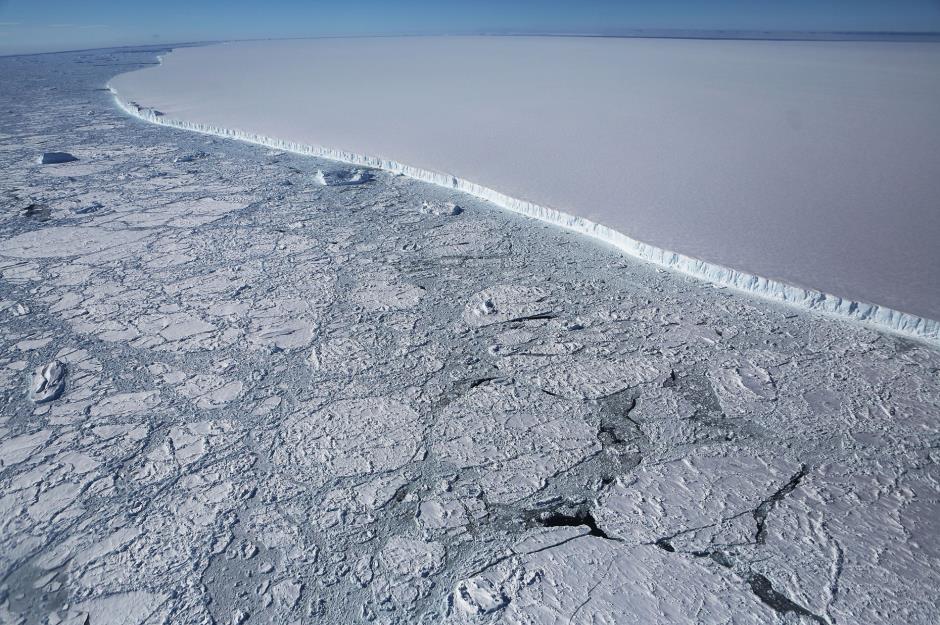
Mario Tama/Getty
Our planet has endured a tumultuous year of rising temperatures, natural disasters and wildlife extinctions, but it's not been all bad news for Mother Earth. We take a look back at the key environmental stories of 2017.
January: the 'Star Wars' Skywalker gibbon is named a new primate species
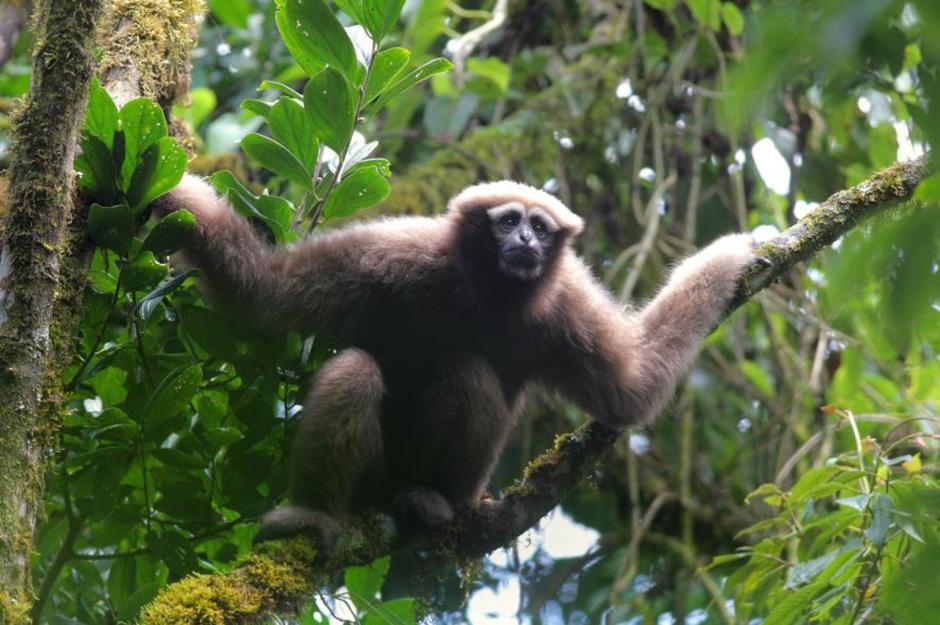
Courtesy Fan Peng-Fei/Cloud Mountain Conservation
On 11 January, a new cousin of ours was announced by an international team of researchers, who named the rare primate the Skywalker hoolook gibbon, after the popular Star Wars character. The endangered gibbon lives in threatened forests in China, Myanmar, Bangladesh and India.
January: a deadly avalanche in Italy claims 29 lives
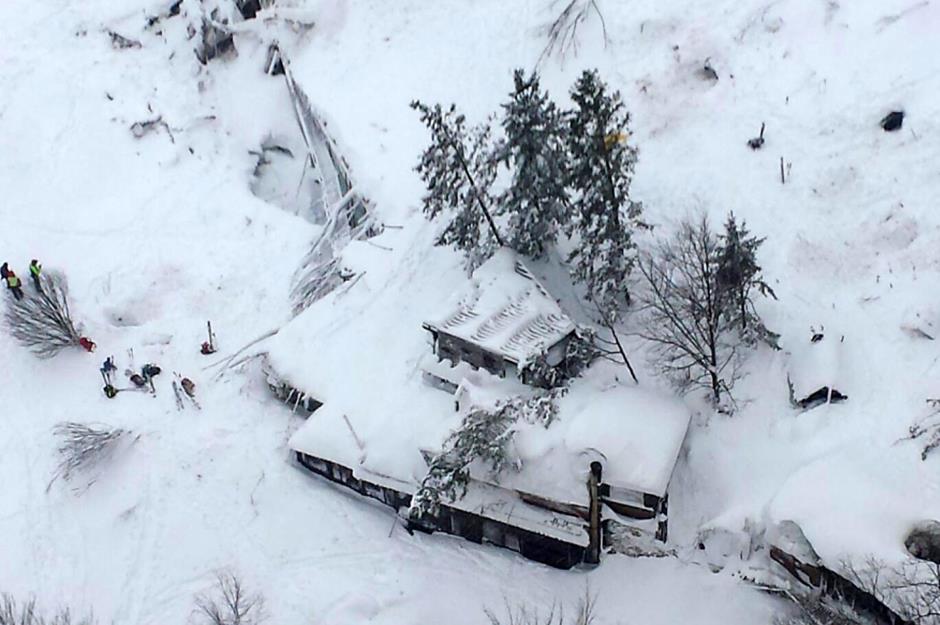
ABACA/PA
Triggered by copious snowfall and a series of earthquakes, a devastating avalanche hit the resort of Rigopiano in central Italy on the afternoon of 18 January. The avalanche, Italy's worst for a century, buried the luxury Hotel Rigopiano, claiming 29 lives and injuring eleven others.
February: Italy's Mount Etna erupts
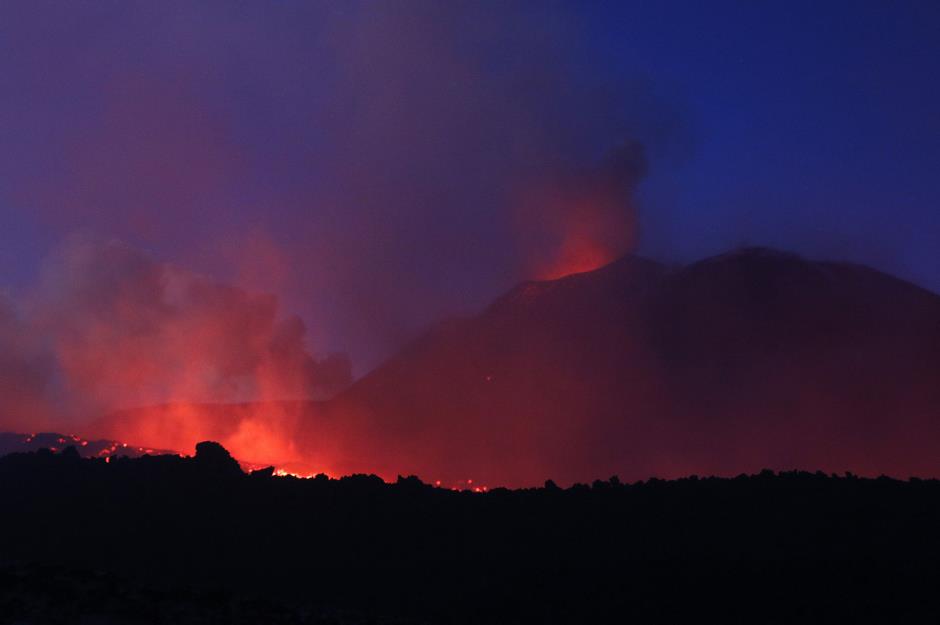
AFP/Getty
Staying in Italy, the infamous Mount Etna volcano on the island of Sicily erupted on 28 February for the first time in two years. A couple of weeks later on 16 March, a sudden explosion on the volcano injured 10 people, including members of a BBC camera crew.
March: scientists discover the world’s oldest plant-like fossils
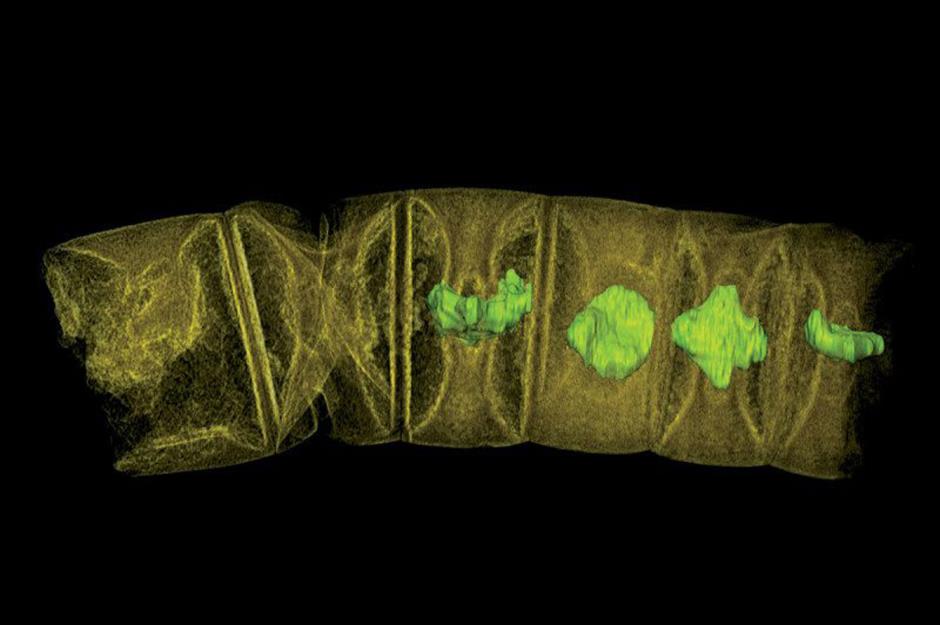
Courtesy Stefan Bengtson/Swedish Museum of Natural History
On 14 March, a team at the Swedish Museum of Natural History in Stockholm reported the discovery of the world's oldest plant-like fossils, red algae that were found in ancient rocks in central India. The algae are estimated to be a staggering 1.6 billion years old.
March: March 2017 is the second hottest on record globally

Lukas Schulze/Getty
The planet continued to heat up in 2017. Data from NASA showed that March 2017 was the second hottest on record for the planet, second only to March 2016, which broke all known records.
March: President Trump abandons Obama's Clean Power Plan

Christopher Dilts/SIPA USA/PA
On 28 March, President Trump issued an executive order dismantling his predecessor's Clean Power Plan, including tearing up emission rules for power plants and federal coal leasing.
March: record low ice is recorded at the North and South Poles
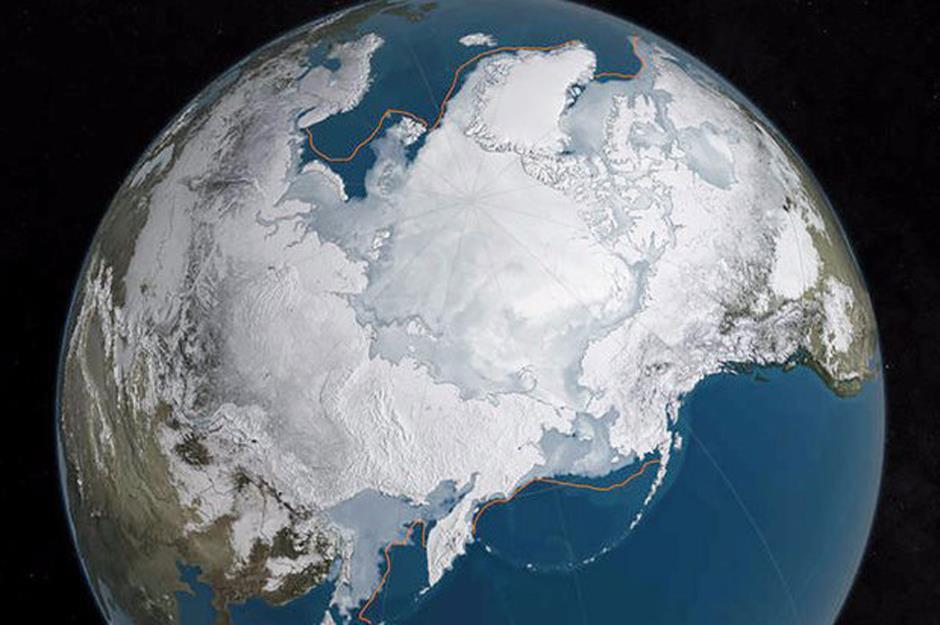
Courtesy NSIDC
In late March, scientists from America's National Snow and Ice Data Center (NSIDC) confirmed that sea ice at the North and South Poles had dwindled to record low levels, which they put down to accelerating climate change.
April: scientists announce two-thirds of Australia's Great Barrier Reef has been bleached

Superjoseph/Shutterstock
Scientists studying Australia's Great Barrier Reef announced some sobering news in early April. Two recent back-to-back bleaching events had damaged two-thirds of the entire reef, making for an unprecedented ecological disaster.
April: a new island appears off North Carolina
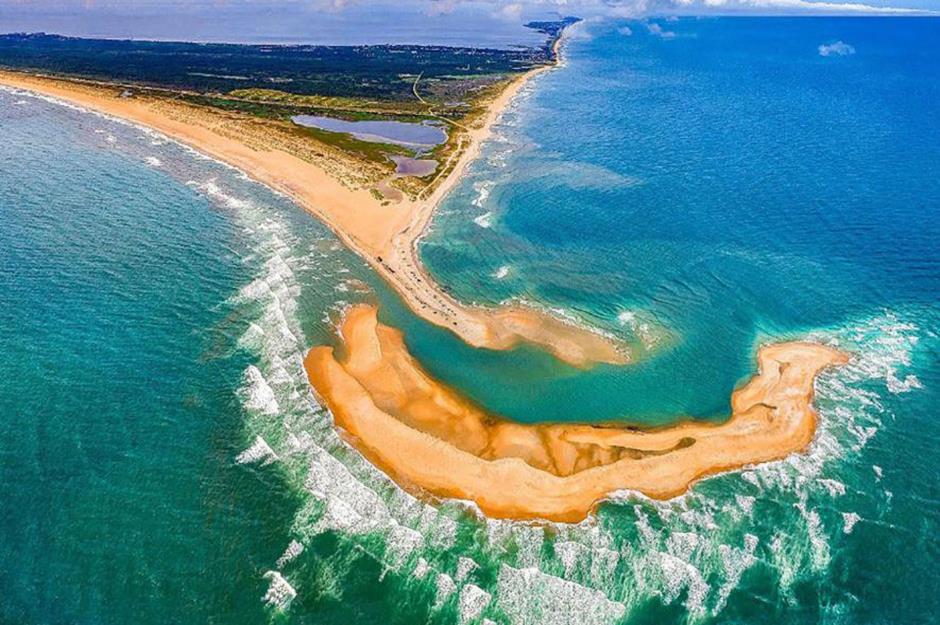
Courtesy Chad Koczera/chadonka@instagram
Almost miraculously, a new island appeared off the North Carolina coast in April. The all-new Cape Hatteras sandbank, which has been named Shelly Island by locals, was discovered by tourist Chad Koczera, who launched a drone to capture this sensational image.
April: scientists reveal plans to save a glacier with thousands of snow machines
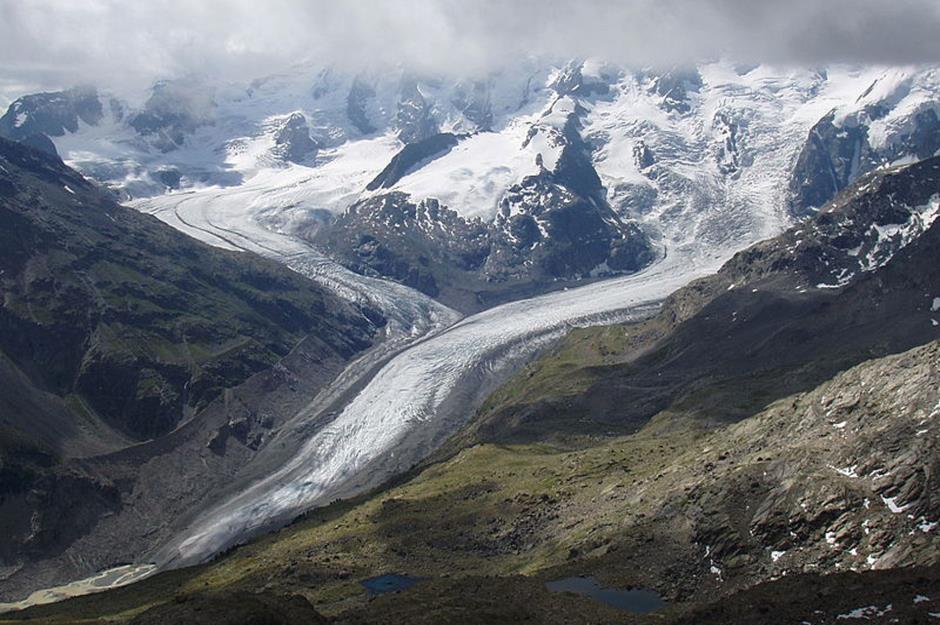
Günter Seggebäing/Wikimedia Commons
On April 27, a team of scientists from Utrecht in the Netherlands revealed their audacious plan to rebuild the Morteratsch glacier in Switzerland using 4,000 snow machines. A pilot project is already underway to restore an 800-metre stretch of the snow field.
April: gigantic icebergs drift past the Newfoundland coastline

Drew Angerer/Getty
The so-called Iceberg Alley off the coast of Newfoundland is no stranger to massive icebergs, but in spring 2017 the 'bergs were supersized. Unusually strong counter-clockwise winds and the effects of warming in the Arctic led to their formation.
May: melting permafrost threatens the Svalbard Global Seed Vault

Theerasak Namkampa/Shutterstock
Warming in the Arctic was also the cause of melting permafrost on Svalbard, which caused flooding in the island's 'Doomsday' Global Seed Vault, casting doubts on the facility's ability to provide adequate protection for the planet's precious seeds.
June: the USA pulls out of the Paris Agreement

Roschetzky Photography/Shutterstock
On 1 June, President Trump announced that the US was pulling out of the Paris Agreement to mitigate climate change, citing damage to the US economy as the main justification for his decision. The news was met with wide disapproval by politicians and environmentalists worldwide.
June: extreme heat grounds planes in Phoenix, Arizona

CE Photography/Shutterstock
Temperatures soared to a hellish 48°C (118°F) in Phoenix for two consecutive days in late June, almost breaking the absolute record of 50°C (122°F) that was set in 1990. At the city's airport, the extreme heat grounded planes, which are unable to function in such sweltering temperatures.
July: a trillion-tonne iceberg splits from the Larsen C ice shelf in Antarctica
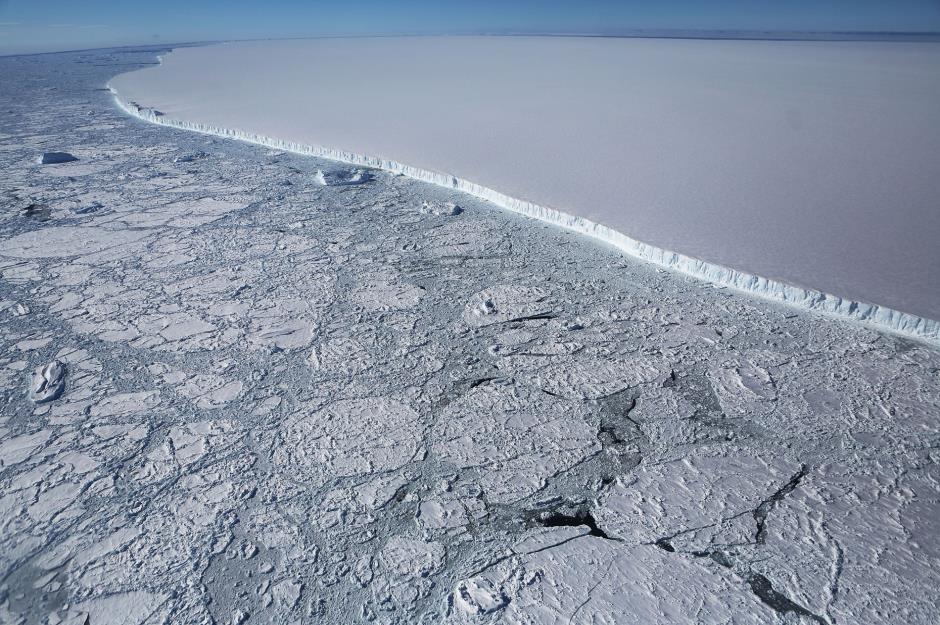
Mario Tama/Getty
On 12 July, a trillion-tonne iceberg the size of Luxembourg broke away from the Larsen C ice shelf in Antarctica. The iceberg spanned 5,800 square kilometres, which makes it one of the most enormous ever recorded.
July: parts of Alaska and Death Valley record their hottest July on record

Tobkatrina/Shutterstock
Both the coldest and warmest parts of the US experienced their hottest July on record. Records were smashed in parts of Alaska, and Death Valley baked with an average temperature of 42°C (107°F), the hottest monthly temperature ever measured in the Western Hemisphere.
August: Earth Overshoot Day falls on 2 August
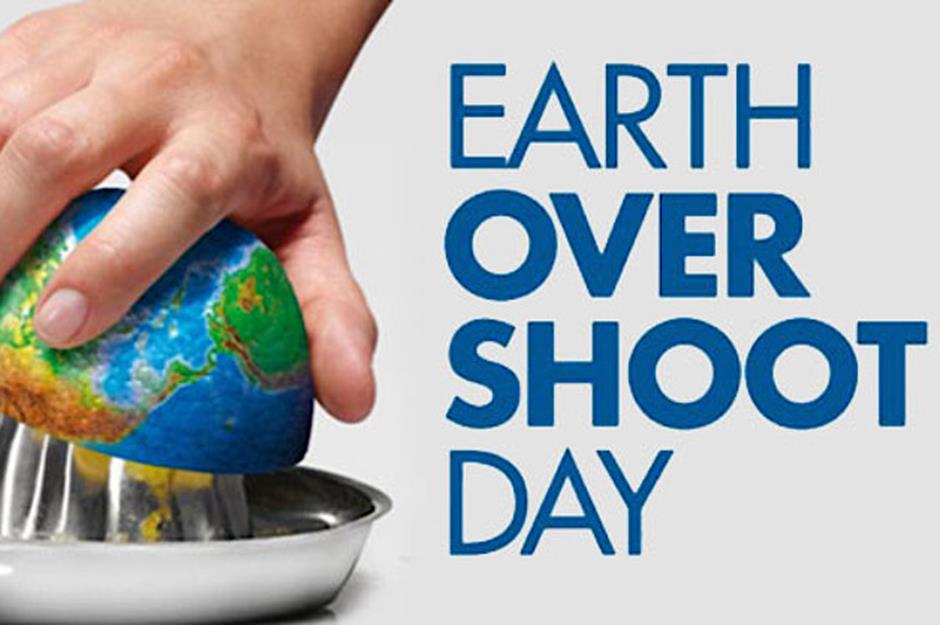
Courtesy WWF
This year's Earth Overshoot Day (EOD), the date when demand for the planet's resources outstrips supply, fell on 2 August. While this is a slight improvement on last year, it contrasts big-time with 1987's EOD, which fell as late as 19 December.
August: the first major hurricane of a particularly destructive season forms
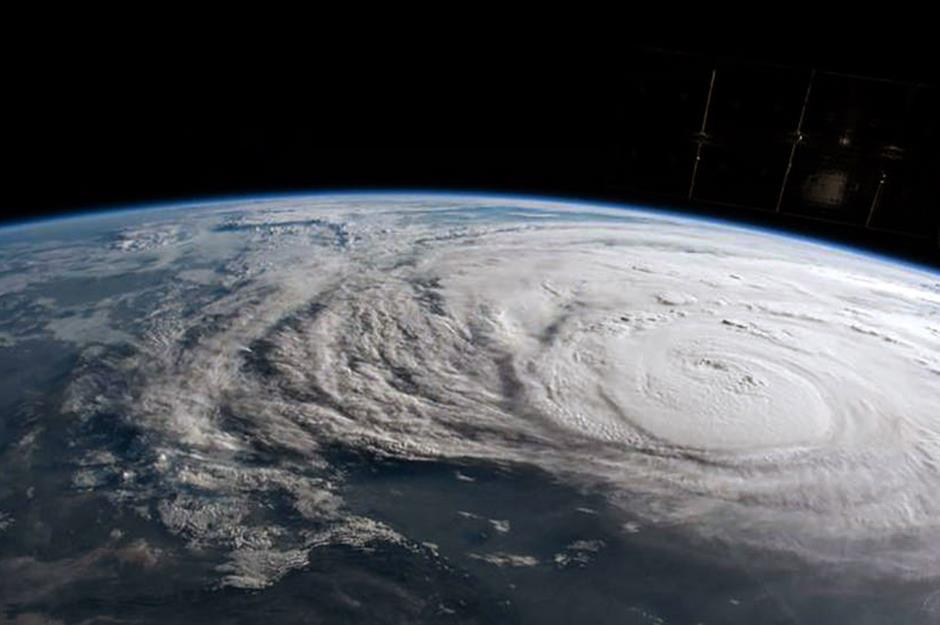
NASA/Getty
The first major Atlantic hurricane of 2017 formed in early August. By the season's end in November, a total of 10 hurricanes had caused untold devastation in the Caribbean, Central America and the USA, making it the most destructive season since 2012.
August: fields of wildflowers appear in Chile's arid Atacama Desert, the world's driest place
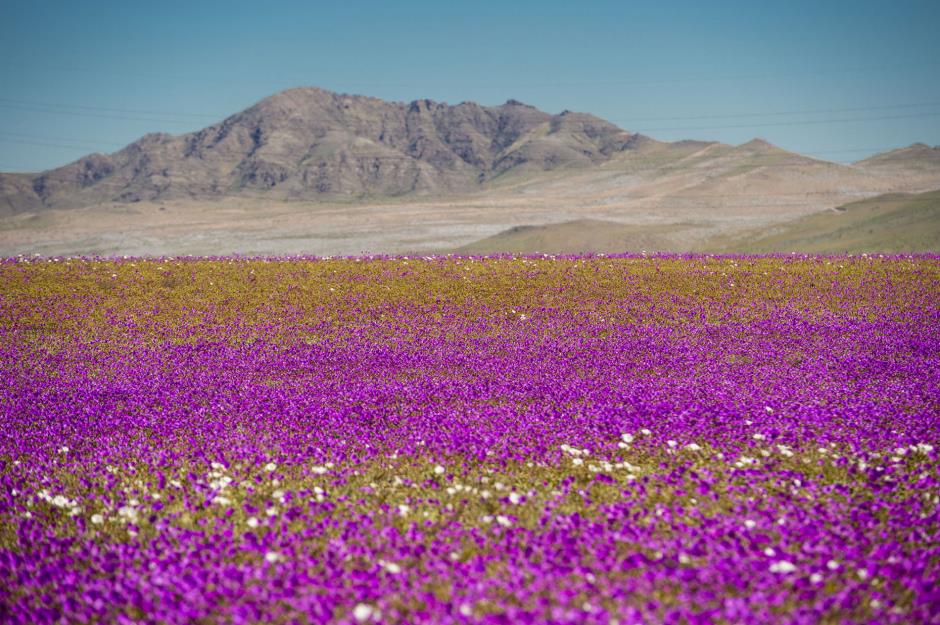
Martin Bernetti/Getty
In August, Chile's Atacama Desert was blanketed with wildflowers following rare rainfall. The 'deserto florido' (flowering desert) phenomenon occurs every five to seven years, with this year's show particularly glorious. The deserts of California experienced a similar 'superbloom' back in April.
August: a total solar eclipse sweeps across America
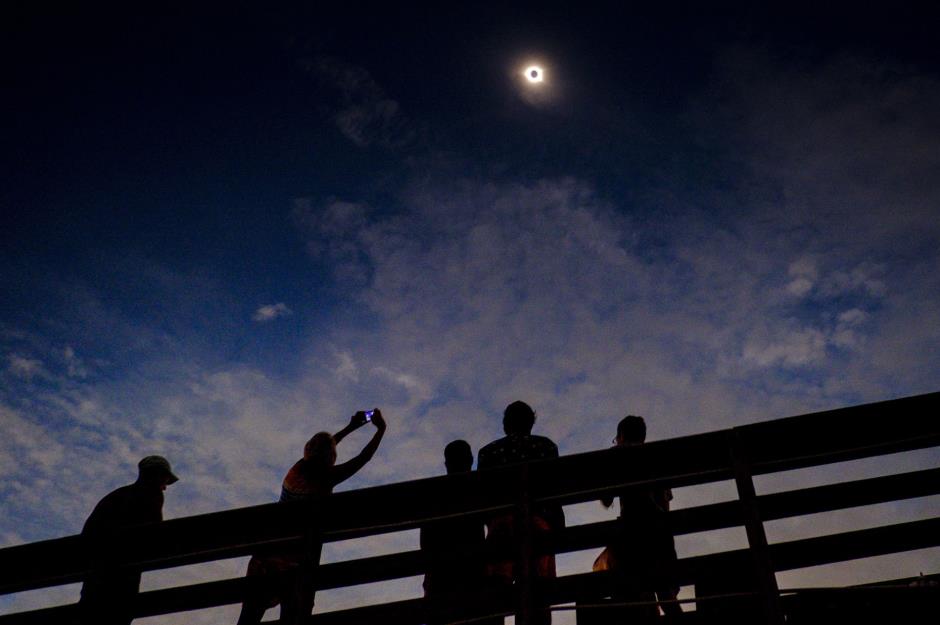
Pete Marovich/Getty
Dubbed 'The Great American Eclipse', large parts of the US experienced a totality on 21 August as a solar eclipse passed from the Pacific to the Atlantic coasts. A total of 14 states were touched by total darkness, around 16% of the entire US.
August: scientists reveal that 381 new species have been discovered in the Amazon
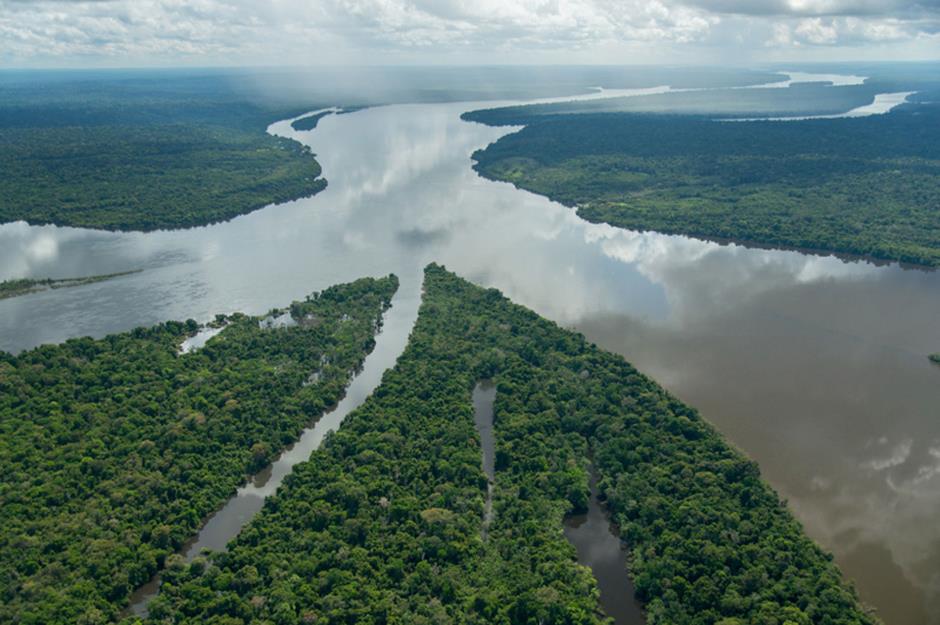
Courtesy Zig Koch/WWF
A report released by the World Wildlife Fund (WWF) and Mamirauá Institute for Sustainable Development on 30 August revealed that 381 new species had been discovered in the Amazon in the previous 24 months, making the preservation of this threatened ecosystem all the more important.
September: the oldest sign of life is found in 3.95-billion-year-old rocks

Courtesy Tsuyoshi Komiya/University of Tokyo
In September, geologists from the University of Tokyo reported that they'd discovered evidence of microbes in 3.95-billion-year-old rocks from Newfoundland in Canada, the oldest proof of life on earth ever found.
September: Kazakhstan announces plans to reintroduce wild tigers after a 70-year absence

Innavar/Shutterstock
While the UK is still pondering whether to re-introduce the European Lynx, Kazakhstan has gone full steam ahead with repopulating the country with wild tigers, which died out in the country 70 years ago.
October: October 2017 is the second hottest on record globally
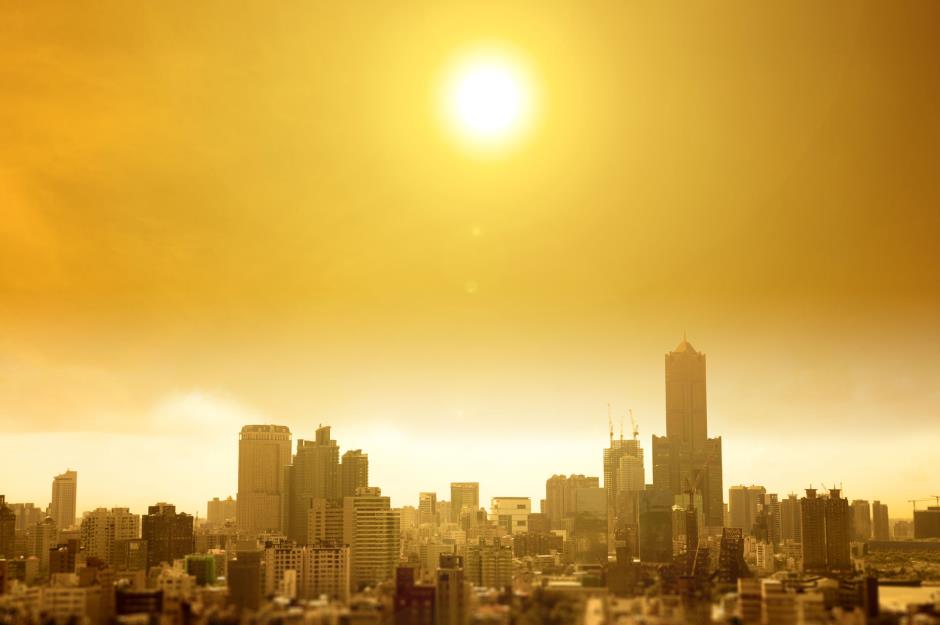
Tom Wang/Shutterstock
Like March, October was a record-breaking month for heat on the planet, according to NASA climate experts. The average world temperature was only marginally cooler than the hottest October ever in 2015.
November: NASA announces the hole in the Ozone Layer is the smallest since 1988
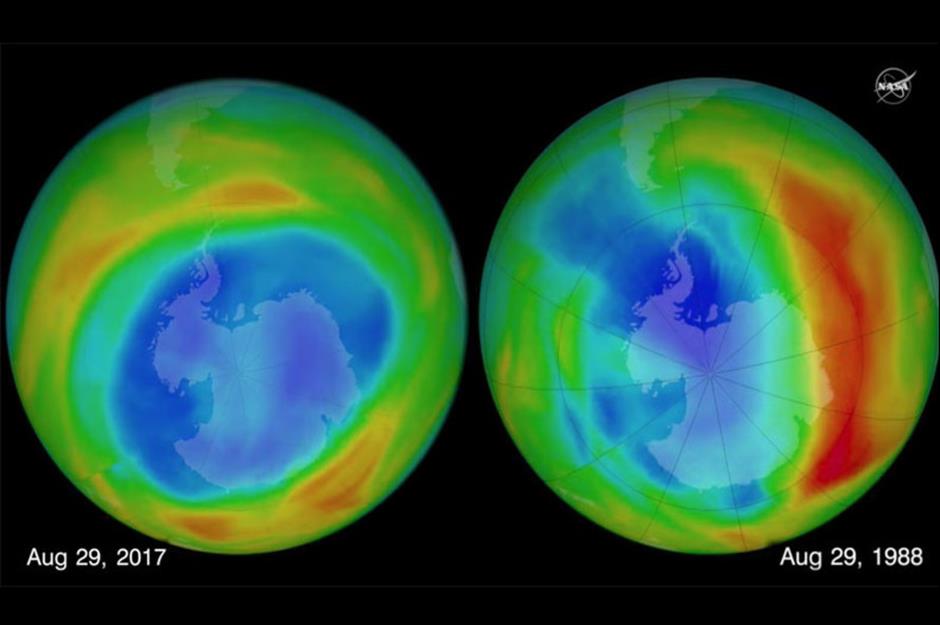
Courtesy NASA
On 2 November, NASA scientists reported that the hole in the Ozone Layer had shrunk to its smallest size since 1988. But it's not all good news. The experts believe the decrease is partly caused by rising temperatures in the Antarctic.
November: a wetland area in Africa the size of Switzerland gets protected status
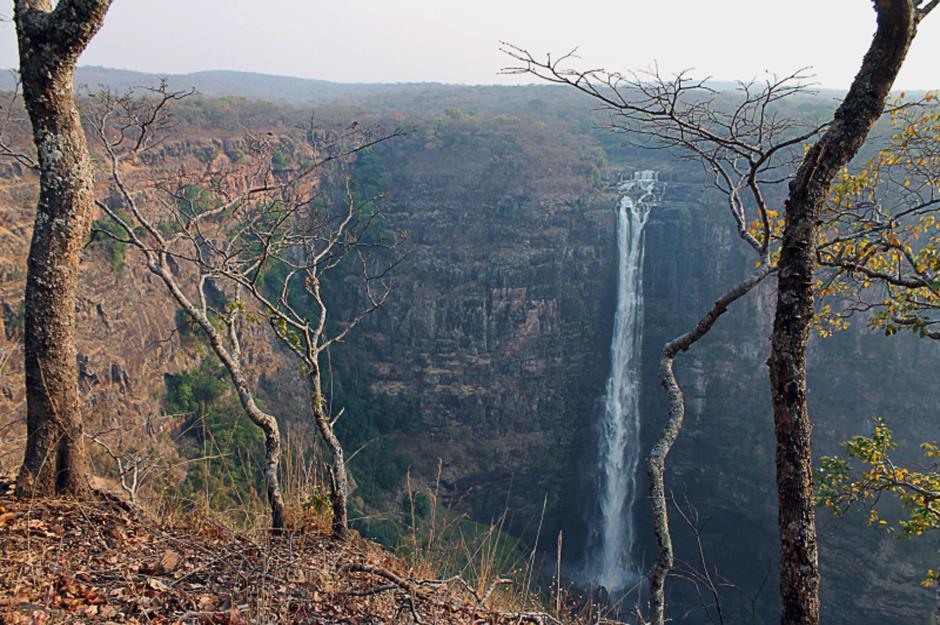
Elise Queslin/WWF
The WWF declared in November that a wetland area in the Congo measuring a whopping 4.5 million hectares would be accorded protected status, safeguarding its water supplies and rich biodiversity for the future.
November: NASA announces 2017 is likely to be the second or third warmest year on record
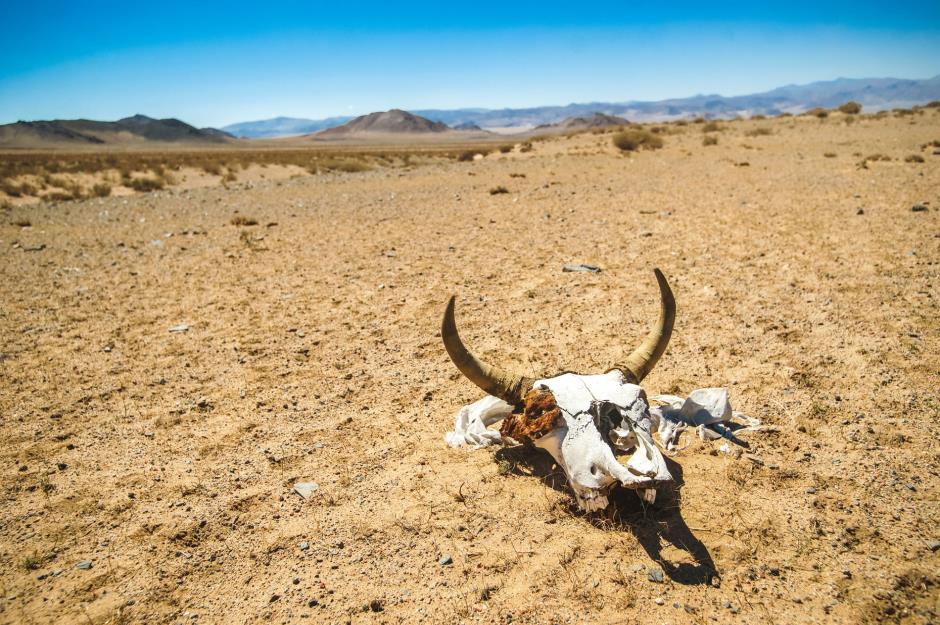
Mehendra Art/Shutterstock
Later in November, NASA scientists announced that this year is likely to go down as the second or third warmest year on record.
November & December: severe smog shrouds New Delhi

Dominique Faget/Getty
Pollution reached apocalyptic levels in the Indian capital during November and December. Smoke from crop fires in neighbouring states and calm weather conditions pushed pollution levels to 75 times the level regarded as safe by the World Health Organization, sparking a major health emergency.
December: three species of lizard are confirmed extinct on Australia's Christmas Island
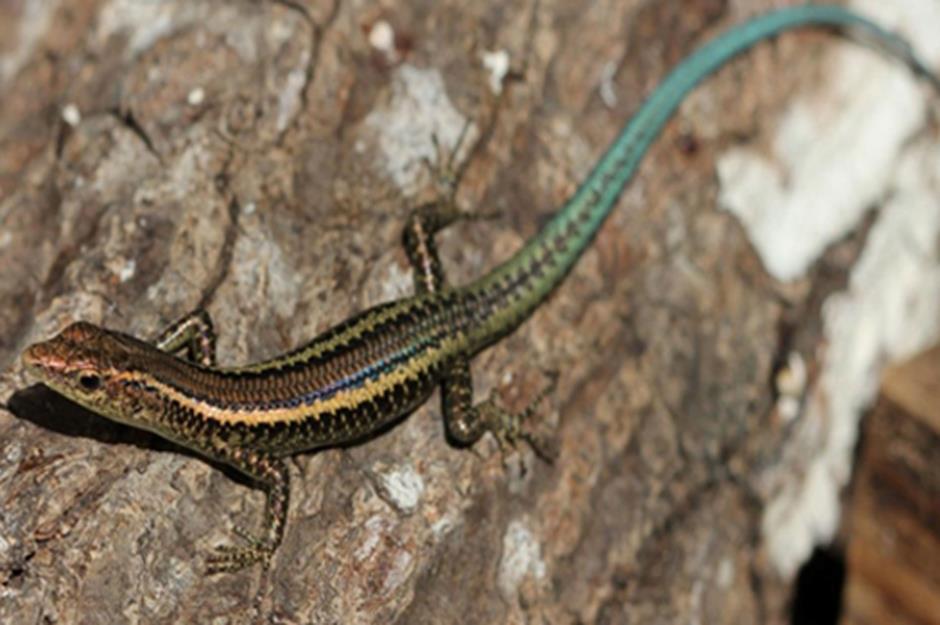
Courtesy Parks Australia
Earlier this month, a study revealed that three species of lizards have mysteriously died out on Australia's Christmas Island. Scientists have no idea why the Lister's gecko, blue-tailed skink and the Christmas Island forest skink have become extinct but think invasive species may be to blame.
December: President Trump announces plans to slash the size of two of Utah's national monuments

Michael Nigro/SIPA USA/PA
President Trump drew the ire of everyone from Native Americans to environmentalists on 4 December when he announced plans to shrink two of Utah's national monuments, Grand Staircase-Escalante and Bears Ears, in order to open the area up for mining.
December: the UN commits to reducing ocean plastic waste

Nels Israelson/Flickr CC
On 6 December, the UN passed a resolution to stop plastic waste from entering the planet's oceans. A stronger-worded motion was rejected by the US delegation and it remains to be seen whether this non-binding move will make any difference.
Comments
Do you want to comment on this article? You need to be signed in for this feature